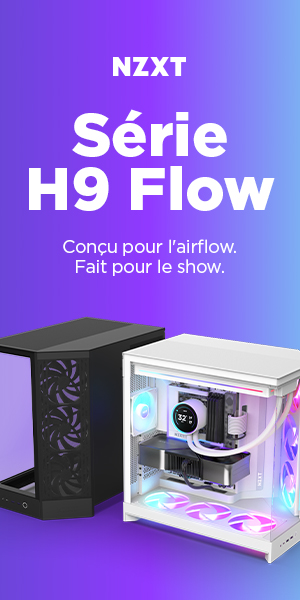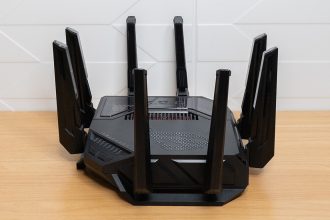Introducing the Razer Viper V3 Pro, one of the latest mouse releases from the three-snake brand. Obviously designed for in-game use, it’s billed as the peripheral that will revolutionize e-sports, or at least boost in-game performance.
This is due in particular to its extreme lightness, weighing in at just 59 grams. In fact, it reminds me a lot of another mouse in the same style, the Logitech Pro X Superlight 2, which is also very light.
Design of the Razer Viper V3 Pro
As gamers, we’re all absolutely familiar with Razer, a brand that specializes in devices and peripherals designed specifically for gaming. Consequently, I also know that they don’t do things by halves, and that they try to offer the best for each of their products. So let’s see if this is also the case for Razer Viper V3 Pro, in terms of aesthetics to start with.
The first thing that caught my eye was the perfect symmetry of the mouse. This design is not insignificant, as it aims to improve performance during your gaming sessions and facilitate control of the peripheral. What’s more, it also makes it accessible to left-handed users, although the side buttons may not be as easy to reach.
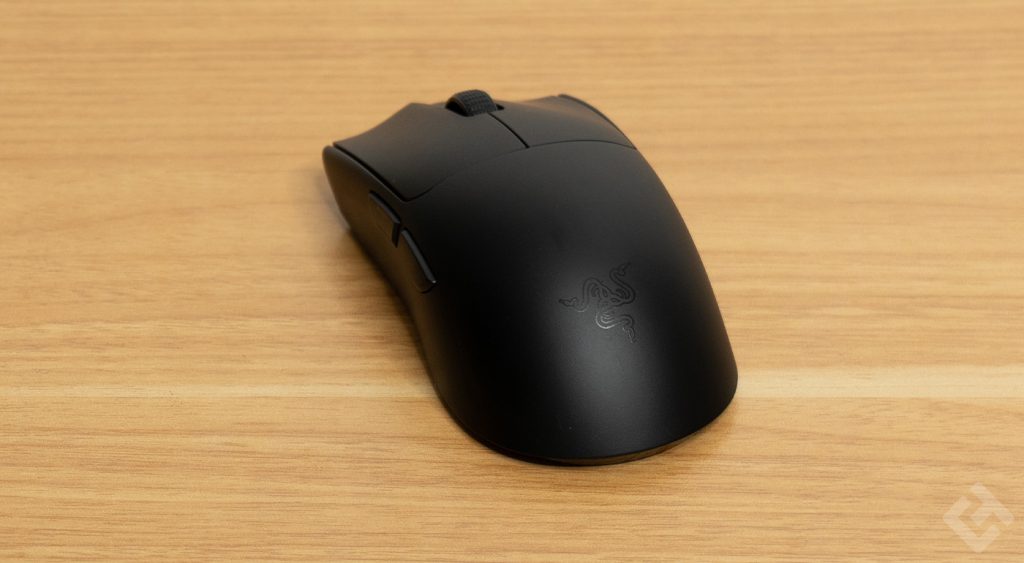
Let’s talk about the palm rest, a part that brands generally take into account in terms of design, as this is where logos or graphics of all kinds can be integrated. Not so with the Razer Viper V3 Pro. The brand logo is present, but the color scheme is black-on-black, so it’s barely distinguishable. Personally, I love sobriety, so I’m with the brand on this one.
Before I go any further, I’d like to point out that there’s no RGB backlighting on this model either. Some will be disappointed, no doubt, but the more mature audience reading this review will be delighted, at least in my opinion. The mouse is entirely matte black, and made from 85% recycled plastic.
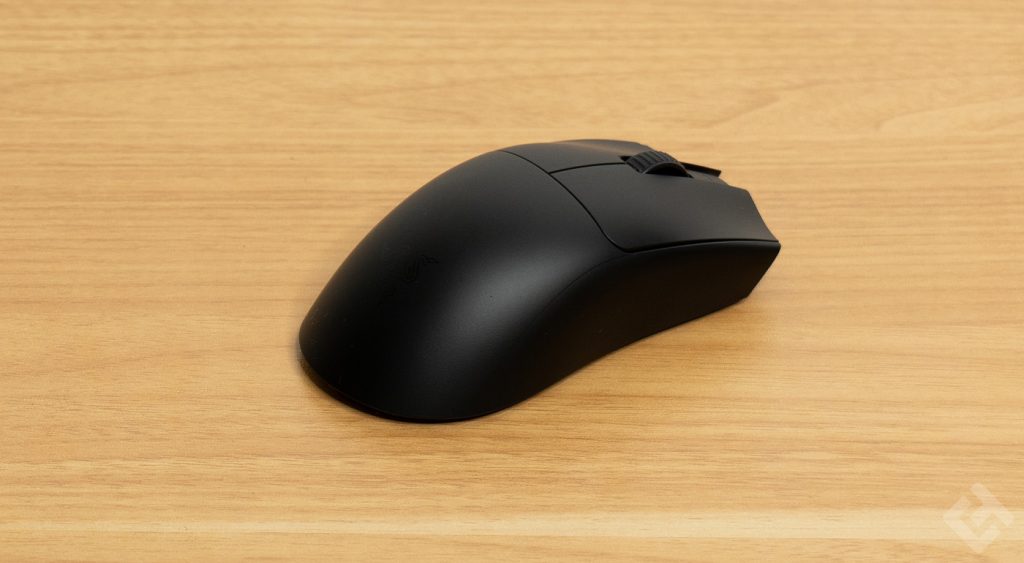
The upper face, i.e. the one above the palm rest, is dedicated to the right and left clicks. These are of a classic size, and I’ll talk more about the switches and click feel in the dedicated section. Between the two is the traditional thumbwheel, which is also black and covered with a rubber grip that’s very pleasant to the touch.

I noticed a small LED above the thumbwheel. At first, I thought it was the DPI change button, but in fact, not at all. Its function is simply to inform you of the status of the Razer Viper V3 Pro, i.e. its connection (wired or with the supplied dongle), or its battery level. So it’s actually pretty handy.
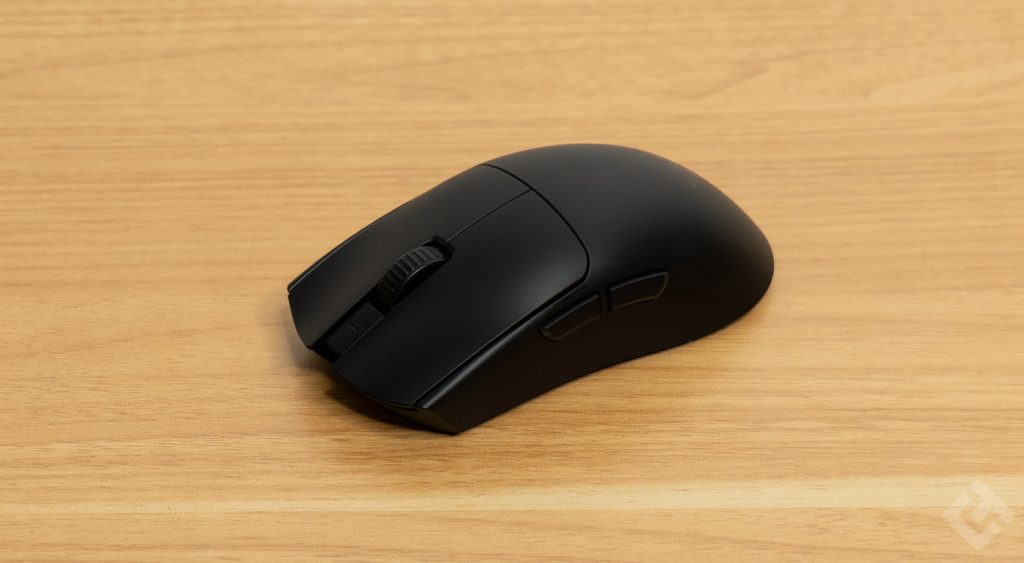
Naturally, the USB-C port for recharging the peripheral is located below the thumbwheel. This is a classic layout, so there’s nothing surprising here. The right-hand side is equipped with two buttons, indispensable on a gamer mouse. You can assign functions to them via the settings of the games you play, or directly via the Razer Synapse software.
The left side, on the other hand, is devoid of any modules. This is the case with most gamer mice, although some do have them. The underside of the Razer Viper V3 Pro features two large PTFE pads at the top and bottom. This is very important to optimize the gliding experience on your carpet or desk directly. In the middle, the sensor is positioned, with the DPI change button to its left.
Razer Viper V3 Pro specifications
| Model | Razer Viper V3 Pro |
| Sensitivity | 30,000 DPI Max |
| Connectivity | Wireless |
| Number of buttons | 6 programmable buttons |
| Sensor | 30 K Focus Pro optical sensor |
| Maximum speed | 750 IPS |
| Maximum acceleration | 70 g |
| Guaranteed number of clicks | 60 million clicks |
| Switch type | Mechanical |
| Skids | PTFE |
| Color | Black |
| Backlight | No |
| Software | Razer Synapse |
| Weight | 59 grams |
Razer Viper V3 Pro performance
Logically, this part of the test should be the most interesting for you, and rightly so. In addition to its sleek, neat design, the Razer Viper V3 Pro also offers promising performance for your competitive games – but not only, of course.
This gaming mouse features the Focus Pro optical sensor, developed by the brand itself. This sensor is really great, as it allows you to adjust your sensitivity – in other words, your DPI – up to a maximum of 30,000. That’s pretty huge, although not the highest sensitivity value I’ve ever tested in terms of a mouse sensor.
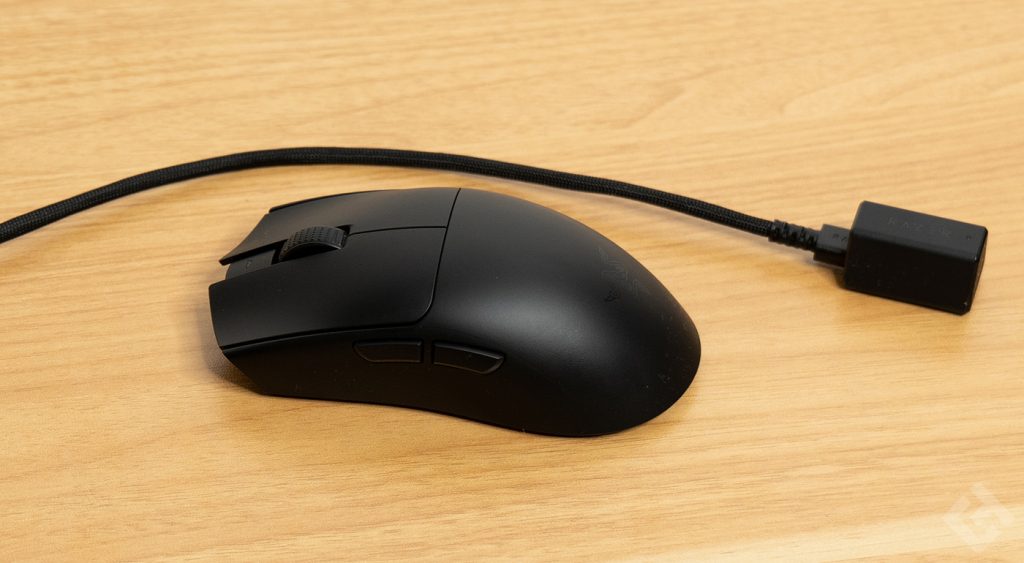
This is quite handy for FPS players in particular, because if you set the DPI to maximum with low sensitivity in game, you should see your accuracy improve. This is the main difference with a mouse offering a lower DPI value, such as the RedMagic Gaming Mouse, which is nevertheless an excellent mouse.
What’s more, the sensor also supports a maximum acceleration of 70 g, which is also quite impressive. This means that the sensor on the Razer Viper V3 Pro will never stall, despite very rapid gestures on your part. Because to reach an acceleration speed of 70 g, you really have to do it, and that’s never going to happen in-game. To give you an idea, this means that for the sensor to fail to detect one of your gestures, you’d have to move from 0 to 100 km/h in less than 0.006 seconds.
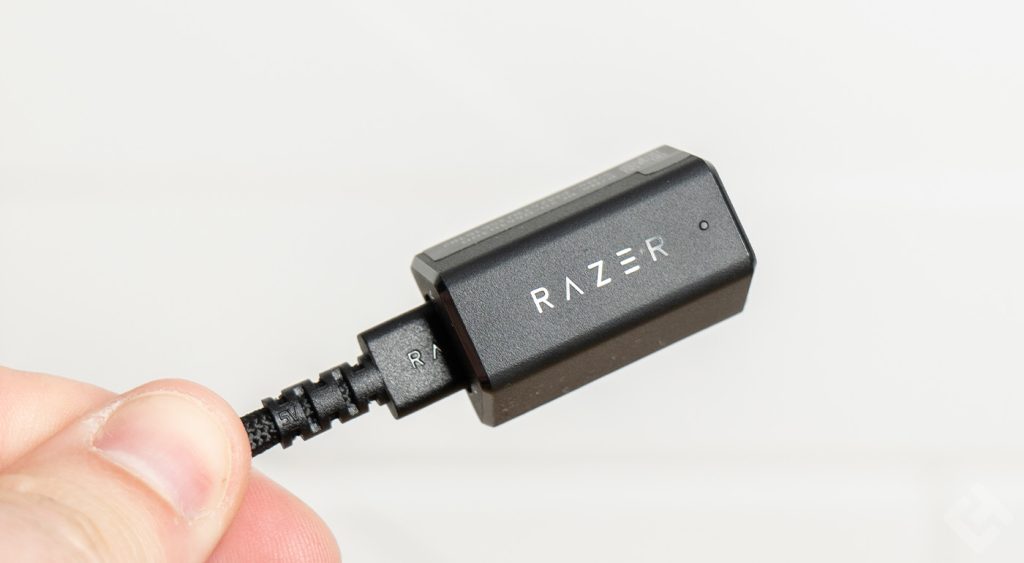
The mouse’s switches are second-generation mechanical switches. I really think they’re of remarkable quality, and you can feel it with repeated use. The click feel is really satisfying, which is not to my displeasure, and on top of that, the noise emanating from them is not disturbing, as is the case with most mice equipped with this type of switch. What’s more, the manufacturer claims a minimum lifespan of 60 million clicks, which is reassuring.
I briefly mentioned this earlier, but Razer Synapse, a software program that lets you customize the functions of the Razer Viper V3 Pro, is available for download. You can configure profiles and save them according to the games you play. In particular, you can change the polling rate to the following values:
- 125 Hz
- 500 Hz
- 1000 Hz
- 2000 Hz
- 4000 Hz
- 8000 Hz
To conclude the section on peripheral performance, I’d really like to focus on its weight, which is so pleasantly light. In fact, the mouse weighs just 59 grams (without battery), well below the average weight of most other mice on the market. When you hold it in your hand and slide it across the carpet, you hardly feel it at all, which I find very pleasant.
Handling the Razer Viper V3 Pro
Overall, I found my user experience with the Razer Viper V3 Pro very convincing. Indeed, the grip is pleasant, and I didn’t notice any particular discomfort. On the other hand, I don’t think large hands will find it as comfortable as I did, depending on how the mouse is held.
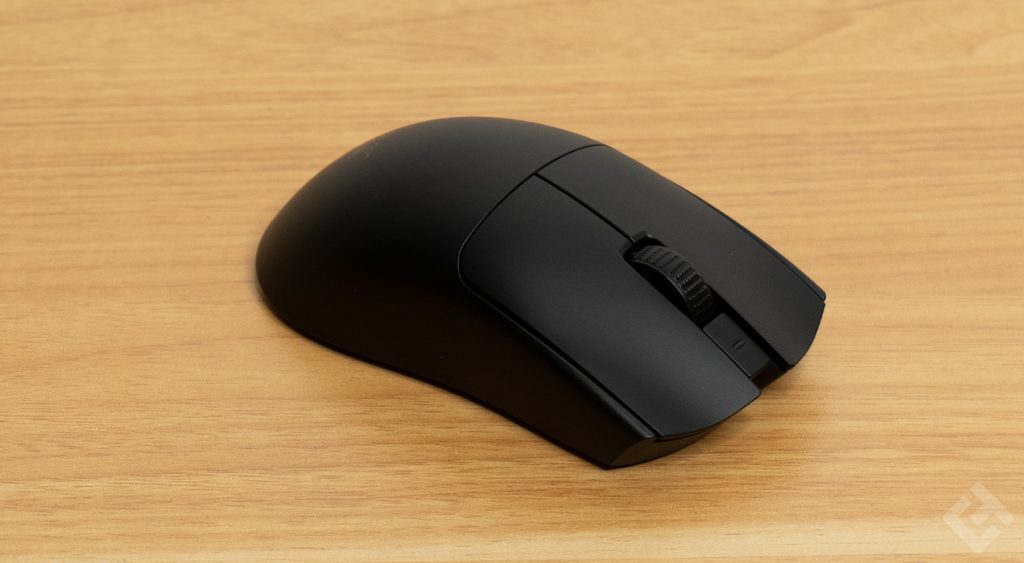
And yes, you may not have known it, but how you hold your mouse is a crucial aspect to consider. In the event that you have large hands, for example, I’d recommend the claw grip. On the other hand, if you’re more comfortable with palm grip or fingertip, small or medium-sized hands Razer Viper V3 Pro.
Then there are the two large PTFE pads underneath the device, which also serve their purpose perfectly. The gliding sensation on the carpet (in my case) is optimal. I do regret, however, that there’s no space for an extra pad, as there was on Logitech’s Pro X Superlight 2.
Razer Viper V3 Pro battery life
Autonomy also seems to be a very important factor to consider. In my opinion, autonomy is just as important as product performance, because having to recharge too frequently quickly becomes a nuisance, especially as it’s wireless, so you don’t have to plug it in every 10 hours.
Fortunately, this is not the case here. In fact, Razer claims an autonomy of around 75 hours, if you connect the mouse via the Razer Hyperpolling Wireless dongle supplied in the box. As far as I’m concerned, the brand’s claim didn’t seem to be exaggerated, and I was very satisfied with it. This is due in particular to its 2.4 GHz connection, which doesn’t consume too much power.
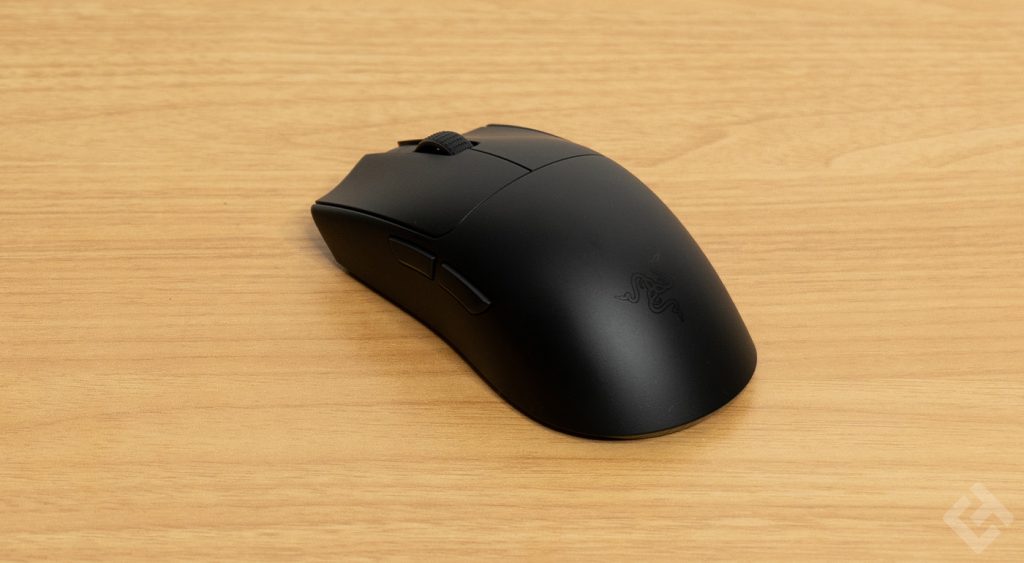
What’s more, to make the battery life last even longer, you can wander into the Razer Synapse software and go to the “Power” section. Here, you’ll be able to activate the power-saving mode, or the “Low Power” mode, which, as its name suggests, will make you consume less in terms of autonomy.
Razer Synapse software
The Razer Synapse software, which I briefly introduced earlier, will enable you to manage most of your Razer peripherals, including the Razer Viper V3 Pro, of course. What I mean by “manage” is, in particular, to be able to browse through a multitude of functionalities, which you’ll be able to modify, as shown below.
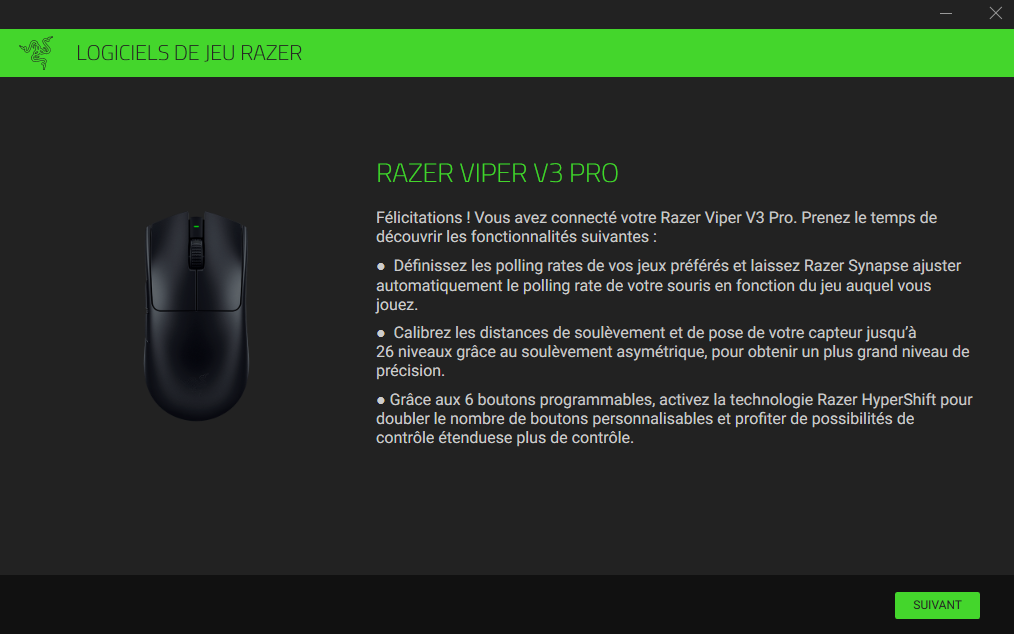
When you launch the software for the first time, it will ask you to create an account, but in reality, you don’t have to. You can simply choose to log in as a guest. However, make sure the mouse is connected to the computer, otherwise nothing will happen.
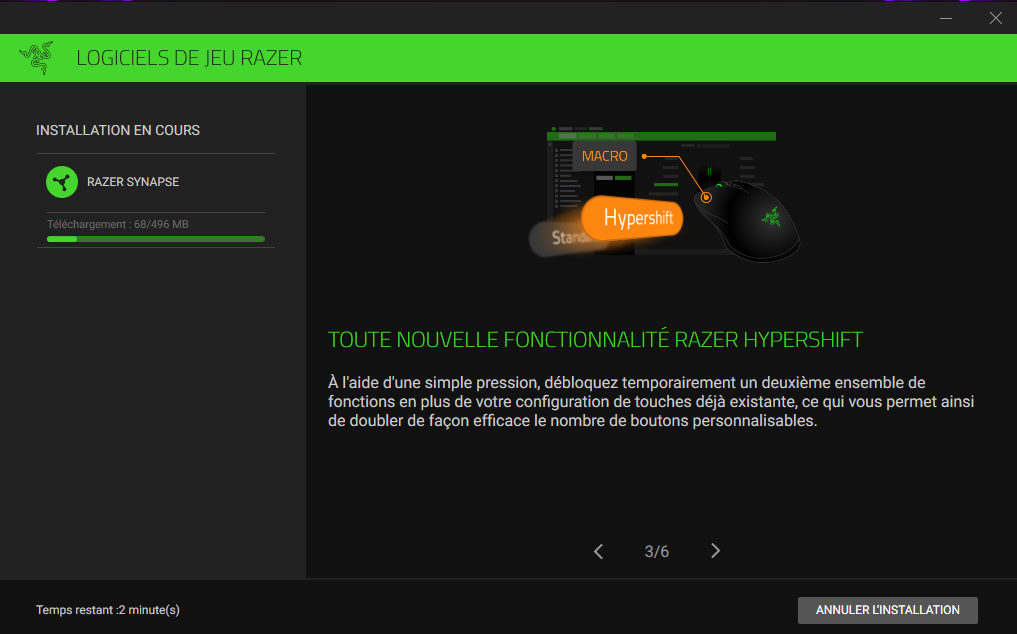
Once installation is complete and your account has been created, or not, the welcome screen will appear. It’s clear and bright, showing your currently connected Razer peripherals. In our case, the mouse is clearly shown. Of course, the software will also suggest products that you don’t own, and that might be of interest to you, like the Razer Deathstalker V2 Pro in the screenshot.
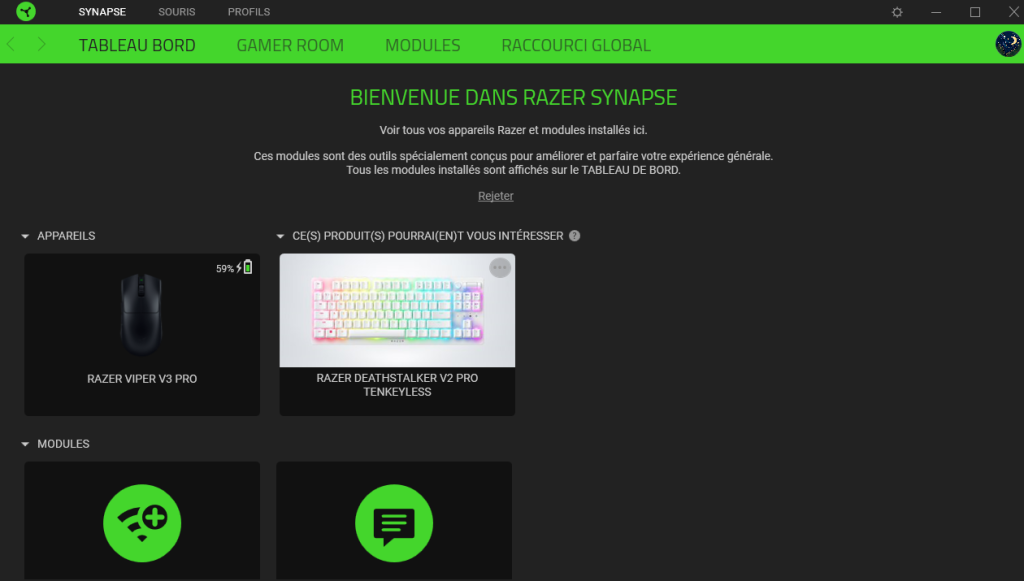
First, the “Customize” tab lets you program the 6 buttons available on the Razer Viper V3 Pro. You’ll also be able to program them on several different profiles, so you can choose the one you want according to the game you’re playing at the time, a feature that I find very practical.

The “Performance” section of Razer Synapse is surely one of the most useful of the available tabs. Here you can manage sensitivity, i.e. DPI, as well as the polling rate, which is much higher than that offered by other mice, thanks to the Razer Hyperpolling Wireless dongle.

I mentioned this in the section on autonomy, but the “Power” tab is also very useful. It’s in this part of the software that you can enable the Razer Viper V3 Pro to save battery power, as the screenshot below shows.
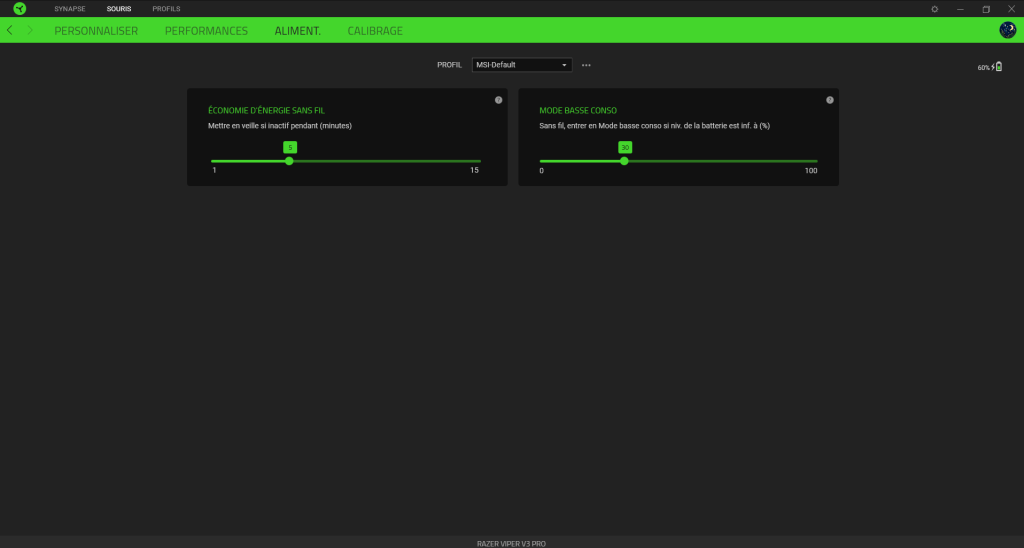
Finally, the “Calibration” tab allows you, as the name suggests, to create a calibration on the surface of your mouse pad. Tracking distances include “Low”, “Medium” and “High”.
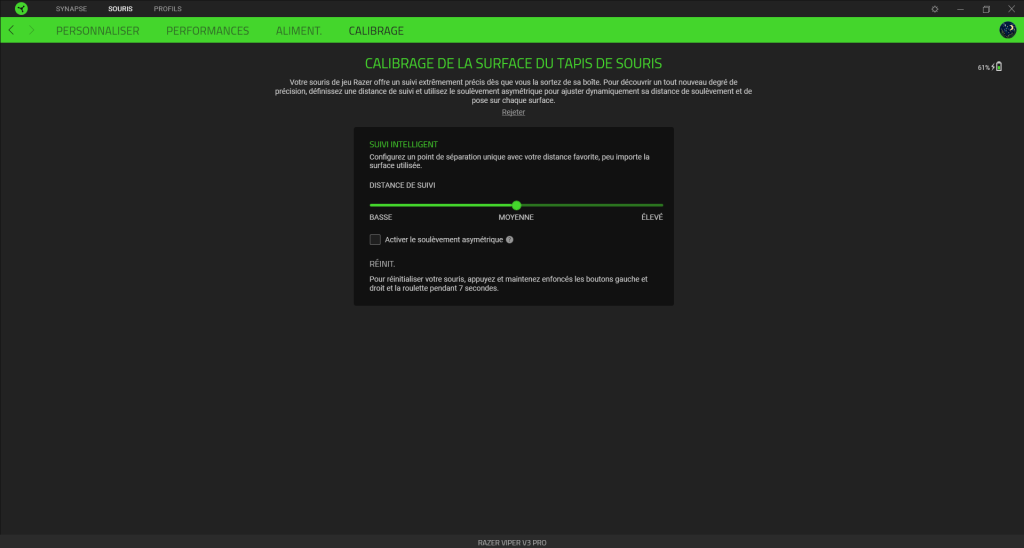
All in all, the Razer Synapse software is very user-friendly. I find it comprehensive and understandable, and its interface is both simple and airy, making it much easier to understand the settings.
Razer Viper V3 Pro: Reviews
I’m really pleased with my experience with this Razer Viper V3 Pro. As sold by the brand, I can confirm that this is an ideal peripheral for competition, and so its name is entirely appropriate in the world of e-sport.
It’s remarkably light, and its overall quality is more than satisfactory. Whether it’s the switches under the clicks, or the Focus Pro sensor allowing for a wide margin of customization, I’m won over. It’s worth noting that this little gem costs just 80 euros, a rather rare price for the quality on offer.



